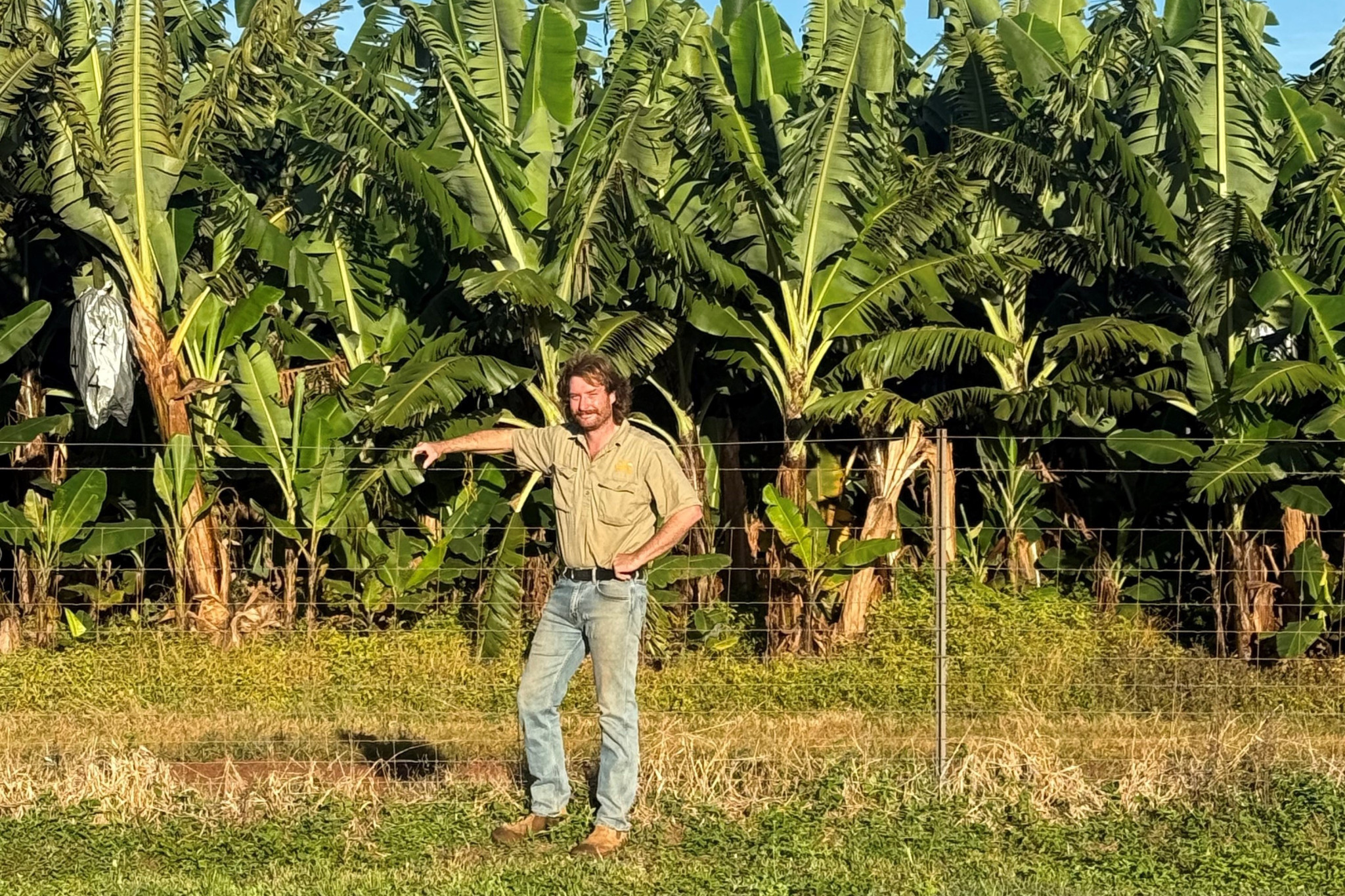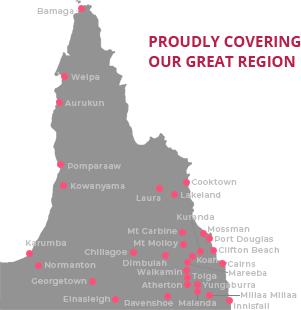On The Land
10 May, 2025
Wildlife-friendly farm fencing a win win
WILDLIFE-friendly fencing can reduce the risk of trapping and killing endangered species and still be effective for farmers and landholders, according to Terrain NRM.

In a series of recommendations, Terrain said removing barbed wire from the top strand of fences and replacing it with barbless double-strand twisted wire would reduce wildlife deaths from entanglement injury, and also remove barriers for their safe passage to important habitat and resources.
Howe Farming in the Mareeba region is one of a number of landholders making the change to protect important native species.
“We fenced for biosecurity purposes and didn’t use barbed wire on the top strand,’’ James Howe said.
“There’s nothing worse than seeing an owl hung up and broken-winged on barbed wire. It’s also for bats. Nothing deserves to die like that.
“We’ve got 10km of fencing to do now, to replace a 20-year-old fence that has seen a few battles, and we’ll be replacing the top barbed wire with a straight wire there too.”
Terrain NRM’s Tony O’Malley says the top wire of fences can cause 86 per cent of entrapments. At-risk wildlife in Far North Queensland include masked owls, spectacled flying foxes, mahogany gliders, yellow-bellied gliders and greater gliders, all of which are endangered species.
“There are fencing options that can minimise risks to wildlife while still being effective for farming – and landholders are adopting these new solutions,” he said.
“We have a new factsheet with a range of options – whether you’re putting in new fences or maintaining existing fences.”
Some of the tips include:
• Making the fence top strand
more visible or covering it in key areas: Place poly pipe (preferably white) over sections of the secured wire with cable ties to prevent cattle stripping and eating it. Painting the top strands white or add materials that move in the wind to make it more visible.
• Five strand wire is the worst
for wildlife. Four-strand wire is better. Mesh fencing prevents wildlife from moving through. If you need mesh, consider creating a passage for wildlife by fencing only part of the block.
• Cassowaries often try to step
through the middle of a fence or sometimes under it. Fences with four or less strands, ideally all barbless, are best.
• If your fence is near a wetland, a plain bottom strand can help avoid rail (a type of waterbird) injuries. Fences set back from wetlands enable cranes to take off and land.
Terrain NRM’s work in this area is part of its Forest Resilience project, funded by the Australian Government’s Saving Native Species program. More information is available at www.terrain.org.au/wildlife-friendly-fencing
In keeping with wildlife protection, the state government last week opened Round 8 of the Flying-Fox Roost Management – Local Government Grant Program.
Originally a four-year, $2 million initiative scheduled to end in 2024, the program has been extended for three more years, with an additional $1.5 million funding boost.
“Flying-foxes play a crucial role in ecosystems by pollinating native plants and dispersing seeds over vast distances, helping forests regenerate and maintain biodiversity and supporting the health of entire habitats, including those that many other species rely on,” Department of the Environment, Tourism, Science and Innovation Acting Deputy Director-General Andrew Buckley said.
“But we know that for communities living near flying-fox roosts, they can have impacts.
“This grant program recognises this and helps local governments manage flying-fox roosts with a focus on long-term planning, roost modification, habitat rehabilitation, and innovative community engagement.
“Since its launch, 29 councils have delivered 76 successful projects, ranging from tree trimming and roost maintenance to covered walkways, education programs and community grants.”
Applications for funding close on 28 May 2025, with further details available at www.qld.gov.au.


